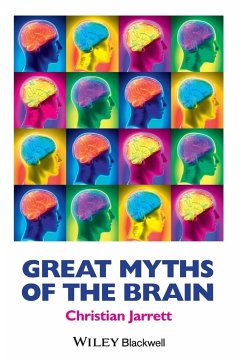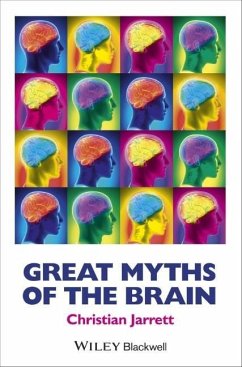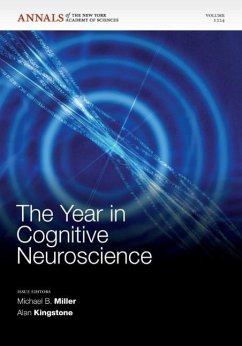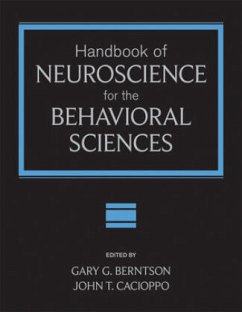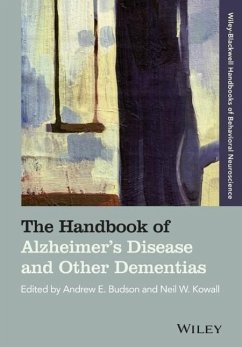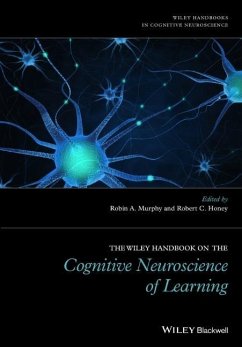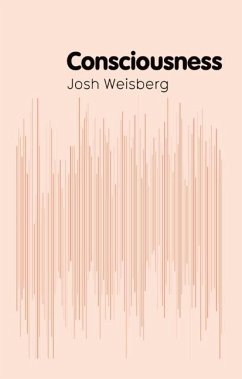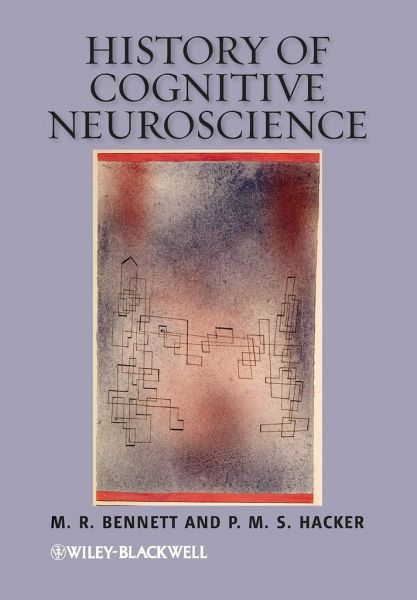
History of Cognitive Neuroscience

PAYBACK Punkte
21 °P sammeln!
This genuinely interdisciplinary work documents the history of the study of consciousness and examines how thinking about this topic has evolved, from Aristotle to Penfield. By studying the experiments that have given rise to popular jargon on the relationship between brain function and psychological attributes, this well-informed critique aims to challenge, provoke and illuminate neuroscientists, psychologists, philosophers and general readers alike.
History of Cognitive Neuroscience documents the major neuroscientific experiments and theories over the last century and a half in the domain of cognitive neuroscience, and evaluates the cogency of the conclusions that have been drawn from them.
Provides a companion work to the highly acclaimed Philosophical Foundations of Neuroscience - combining scientific detail with philosophical insights
Views the evolution of brain science through the lens of its principal figures and experiments
Addresses philosophical criticism of Bennett and Hacker s previous book
Accompanied by more than 100 illustrations
Provides a companion work to the highly acclaimed Philosophical Foundations of Neuroscience - combining scientific detail with philosophical insights
Views the evolution of brain science through the lens of its principal figures and experiments
Addresses philosophical criticism of Bennett and Hacker s previous book
Accompanied by more than 100 illustrations



